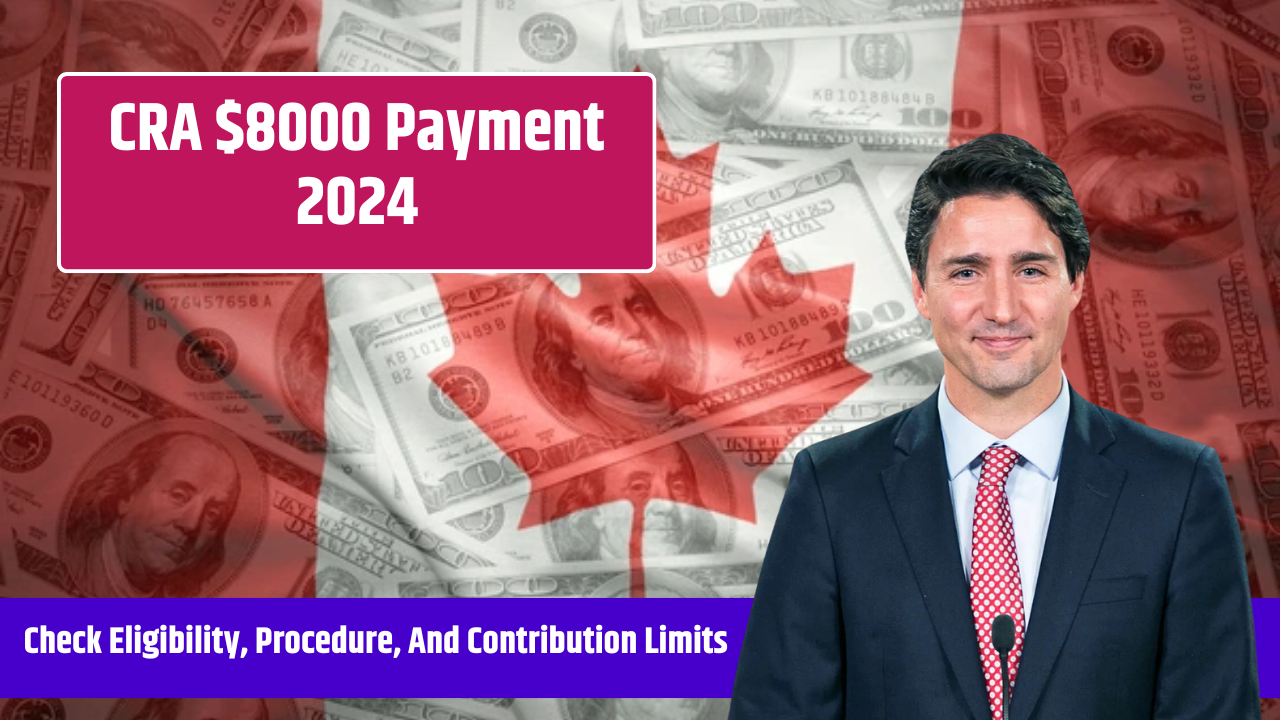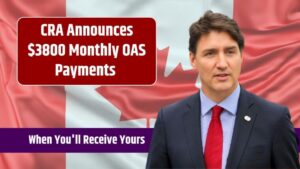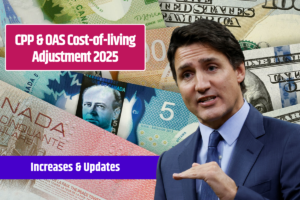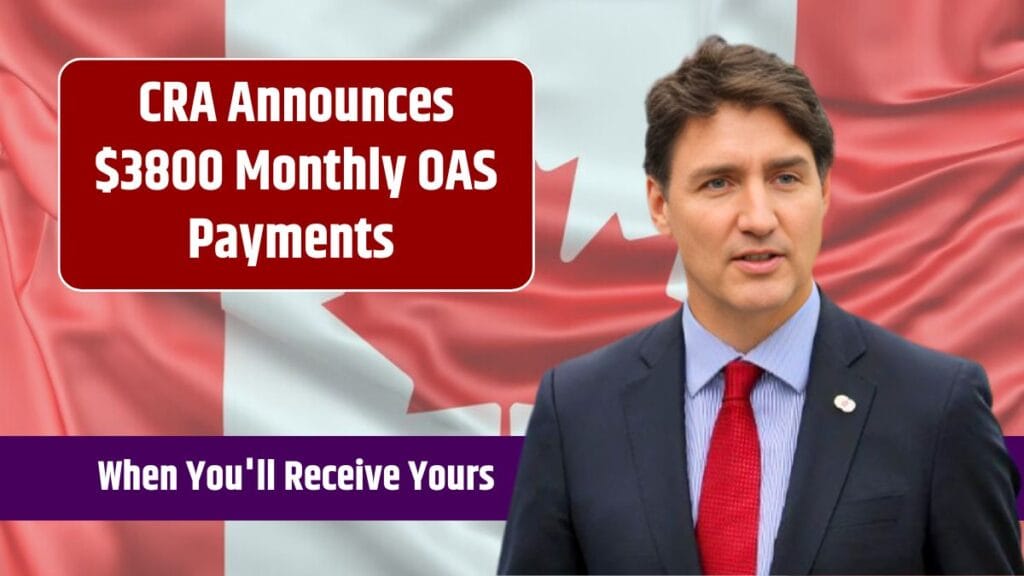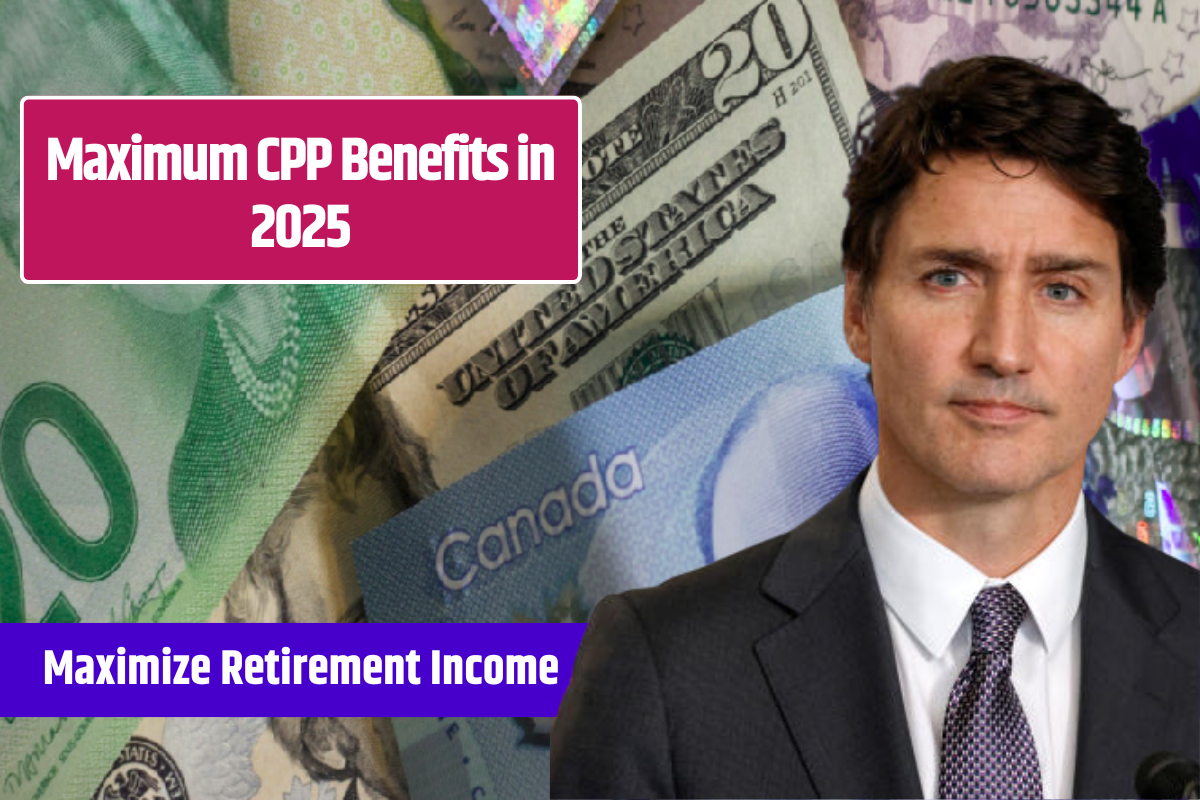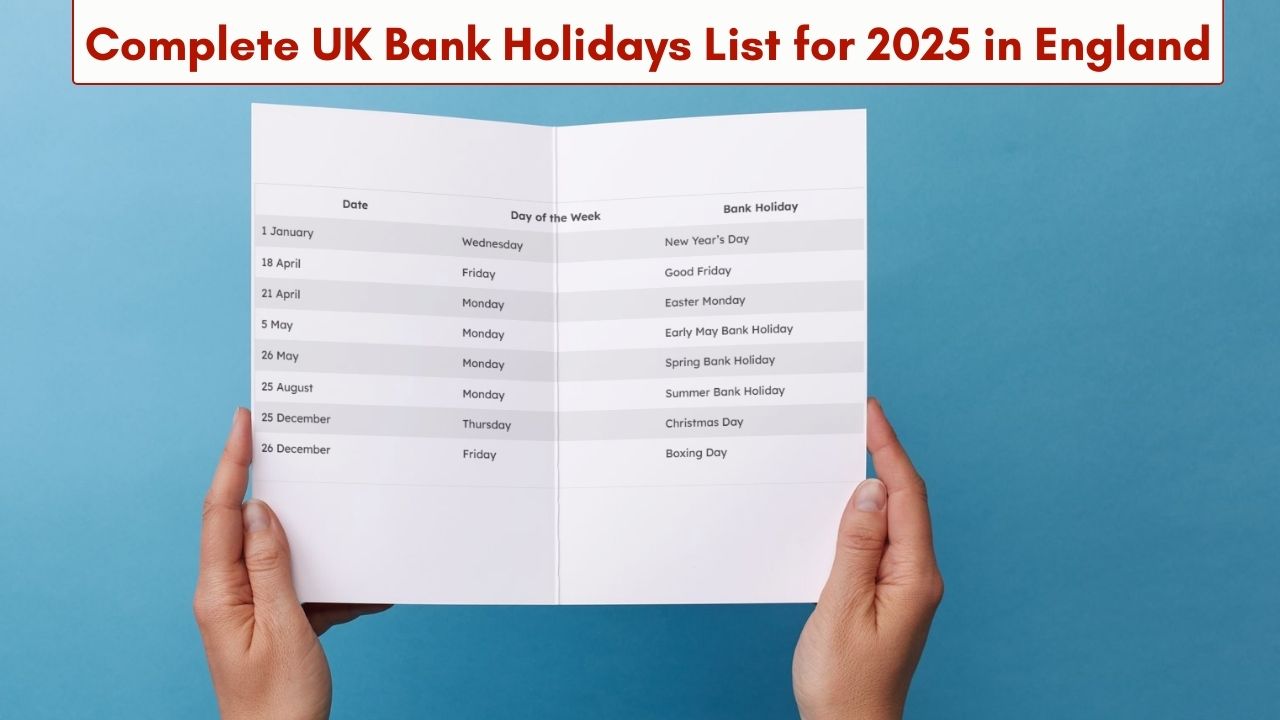The Canadian housing market is a tough task for many people, particularly first-time homeowners who confront increasing costs and onerous financing requirements. To address these issues, the Canadian government launched the First Home Savings Account (FHSA) in 2023. This unique registered savings plan provides significant tax benefits, making homeownership more affordable to Canadians entering the property market for the first time.
The FHSA program combines the advantages of an RRSP and a TFSA, allowing for both tax deductions and tax-free investment growth. According to the Canada Revenue Agency (CRA), the program is designed to help those aged 18 to 71 who have never owned a property or have not owned one in the preceding four calendar years.
- Eligible participants can contribute up to $8,000 annually, with a lifetime contribution limit of $40,000 per individual.
- These contributions are not only tax-deductible, reducing the contributor’s taxable income for the year, but they also attract a government match of 25%, up to a maximum of $10,000 over the account’s lifetime.
- Contributions that exceed annual limits are possible with the carry-forward room, ensuring flexibility for users who may miss a year or wish to maximize their contributions in subsequent years.
Types of FHSAs
- Depositary FHSA: Typically involves accounts that hold liquid assets like cash or guaranteed investment certificates (GICs).
- Trusteed FHSA: Managed by a trust company and can include various qualified investments like bonds and mutual funds.
- Insured FHSA: Operates under an annuity contract with a licensed provider, focusing on insured products.
Eligibility Requirements for the First Home Savings Account (FHSA)
Age and Residency
Age Limit: Eligible persons must be aged 18 to 71. In provinces where this is the legal age for entering into contracts, the age restriction is reduced to 19.
Residency: In order to use the FHSA’s advantages in the Canadian housing market, applicants must be present Canadian residents.
First-Time Home Buyer Status
To qualify, individuals must not have owned a house that was utilized as their primary residence in the current year or any of the preceding four years. This applies to properties held alone or jointly with a spouse or common-law partner.
Additional Criteria/strong>
Applicants should not have a spouse or common-law partner who already owns a house unless they separately qualify for first-time home purchase status. This is to ensure that the FHSA’s aim of assisting genuine first-time purchasers remains intact.
Contribution Limits and Tax Benefits of the FHSA
Annual Contribution Limits
Individuals may make contributions of up to $8,000 per year via the FHSA. This restriction is intended to significantly increase the savings efforts of first-time homeowners, allowing them to acquire finances more rapidly.
Assume the yearly contribution maximum is not achieved in a certain year. Any unused contribution capacity may be carried over to future years, providing the flexibility to adjust to changing financial circumstances. This feature guarantees that even if a contributor does not reach their savings goal in one year, they will be able to catch up in following years.
Lifetime Contribution Limits
An person may donate up to $40,000 to the FHSA during the course of its lifetime. This cumulative limit guarantees that the account offers long-term assistance in saving for a house purchase. Depending on their financial plan and circumstances, participants may either maximize their contributions over five years at $8,000 per year or spread them out over a longer period of time. This flexibility enables customers to structure their savings around their financial objectives and home-buying deadlines.
Tax Benefits
Contributions to an FHSA are tax deductible, which reduces the contributor’s taxable income for the year. For example, if an individual contributes the full $8,000 in a given year, this amount is deducted from their total income, potentially lowering their overall tax liability. The tax savings may be considerable, particularly for those in higher tax rates, offering immediate financial comfort while boosting available cash for other investments or needs.
Government Matching Contributions
Furthermore, the government matches 25% of FHSA contributions up to a lifetime limit of $10,000. This matching bonus significantly promotes savings by providing “free money” to the account and increasing the total value of contributions. The government matches $1,000 for every $4,000 given, making it a very appealing feature for enhancing savings potential.
Steps to Open an FHSA in Canada
- Verify Eligibility for the FHSA before starting the application process.
- Select a financial institution such as a bank, credit union, trust company, or insurance company that offers FHSAs.
- Review the services, fees, and investment options different issuers provide to find the best fit for your financial goals.
- Collect necessary documents, including your Social Insurance Number (SIN) and proof of your date of birth.
- Provide the required information and any additional documents requested by your chosen issuer to verify your eligibility.
- Follow the issuer’s process to open your FHSA officially.
- You can choose a beneficiary to receive the account balance in case of your death, ensuring your savings are transferred according to your wishes.
- Begin making contributions, up to $8,000 annually, to your FHSA to maximize your savings potential.
- Use Schedule 15 to report your FHSA contributions and activities on your income tax return, even if no contributions were made that year.
- Optionally set up a self-directed FHSA to personally manage your investments.
- Regularly review and adjust your investment choices and contribution strategy to maximize growth and savings.
Also See: 5 Factors Supporting the Approval of 4th Stimulus Check Worth $1400, Latest Insights
